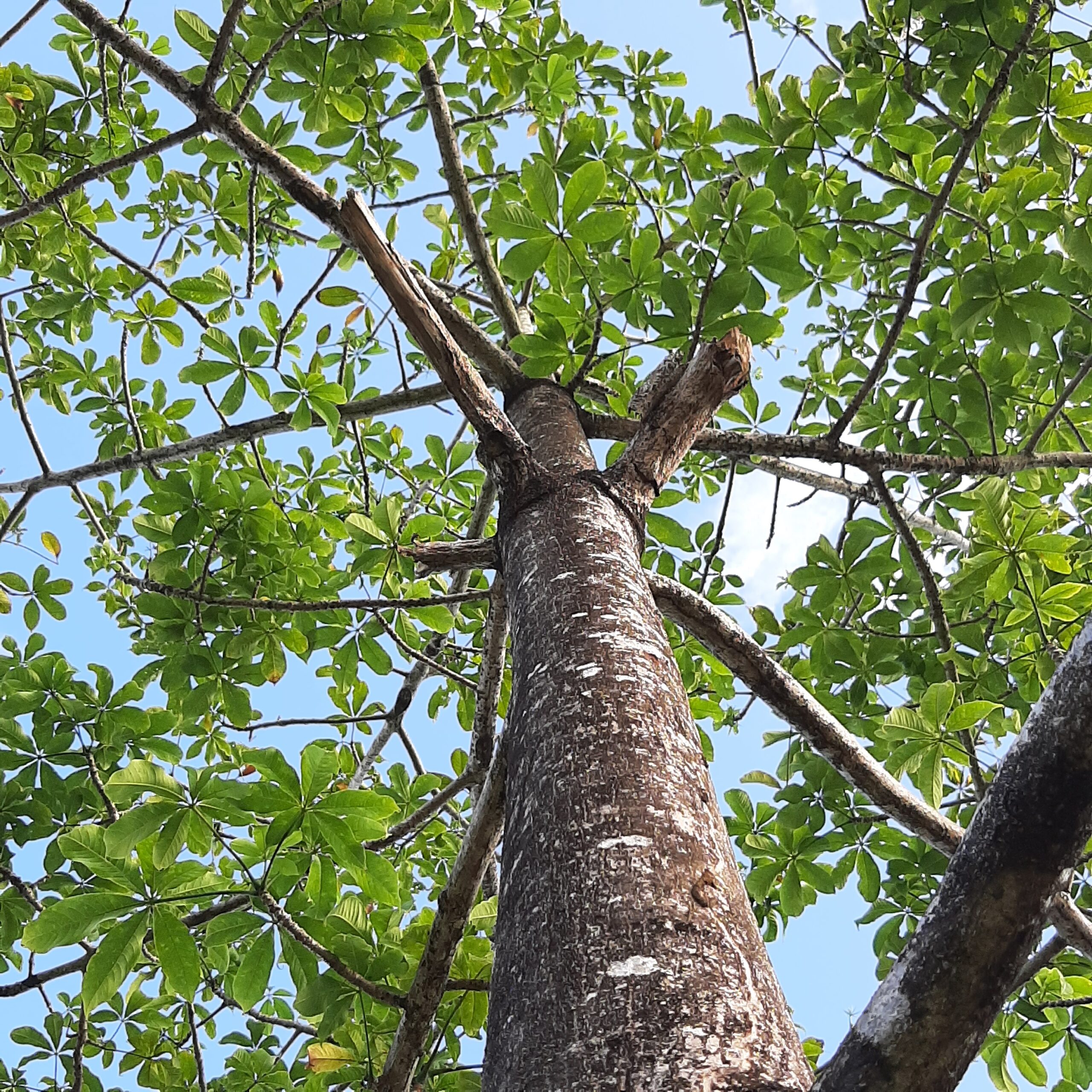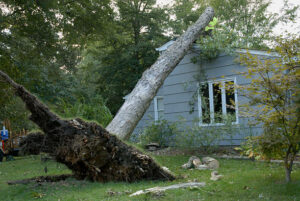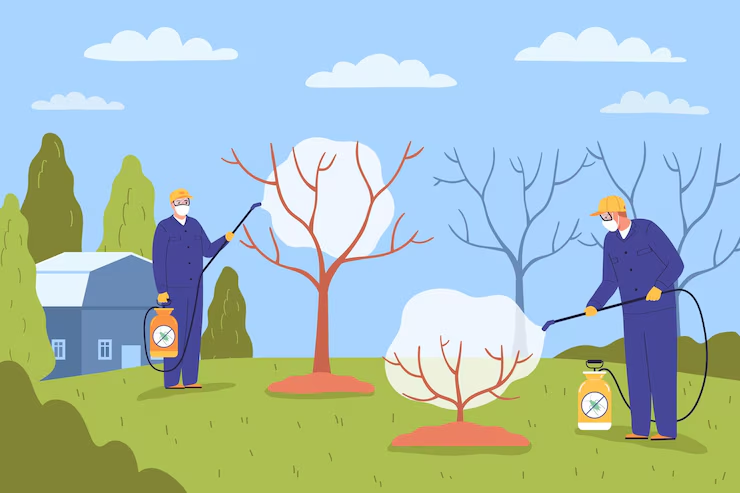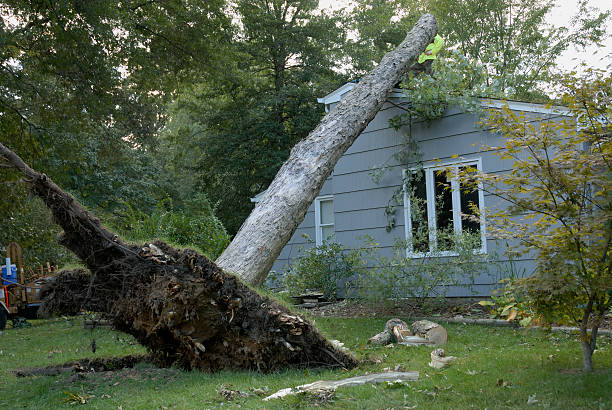Let’s be real — Fort Worth weather doesn’t mess around. You’ve got scorching summers, random freezing snaps, hailstorms that come out of nowhere, and soil that could give concrete a run for its money. So why fight nature when you can roll with it?
That’s where native trees come in.
Why is it important to choose native trees for Fort Worth landscapes?
Because they’re built for this environment. They survive, thrive, and make your life easier.
Let’s break it down.
1. Built Tough for Texas
Native Texas trees didn’t just show up — they’ve been here for centuries, adapting to Fort Worth’s unpredictable climate. You don’t have to coddle them with gallons of water. They handle droughts, surprise storms, and weird cold spells without throwing a tantrum.
Examples:
- Cedar Elm — practically bulletproof.
- Texas Red Oak — gorgeous and resilient.
- Bald Cypress — floods? No problem.
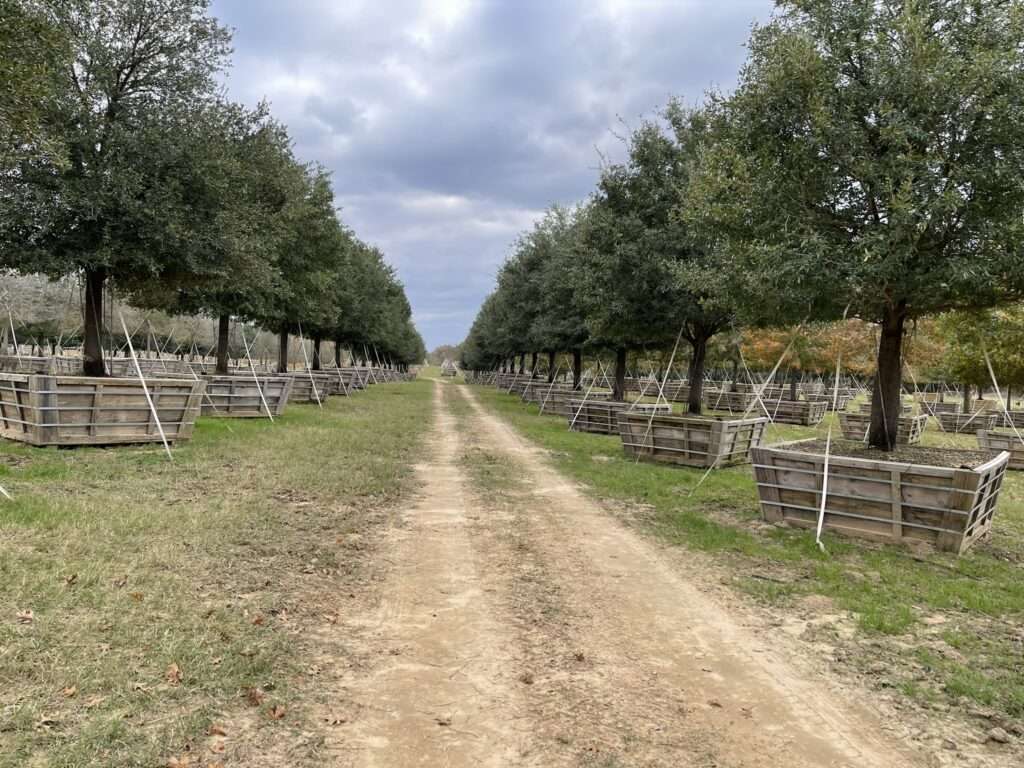
2. Less Water, Less Hassle, More Savings
Water isn’t cheap. And in Fort Worth, watering restrictions are a thing. Why plant something that needs constant attention when you can go native and let nature do the work?
Drought-tolerant trees like the Desert Willow can survive on minimal water.
3. Forget Constant Maintenance
Non-native trees often need pruning, fertilising, and pest control. Native trees? They’re low-maintenance landscaping trees. You plant them, water them for the first year, then pretty much leave them alone.
- Chinquapin Oak: slow-growing, tough as nails.
- Eastern Redbud: flowers in spring without any drama.
4. Natural Pest and Disease Resistance
Oak wilt. Root rot. Elm beetles. If you plant something not adapted to Fort Worth’s ecosystem, be prepared to shell out for treatments. Native trees have built-in defenses.
- Cedar Elm: not bothered by oak wilt.
- Chinquapin Oak: shrugs off root rot.
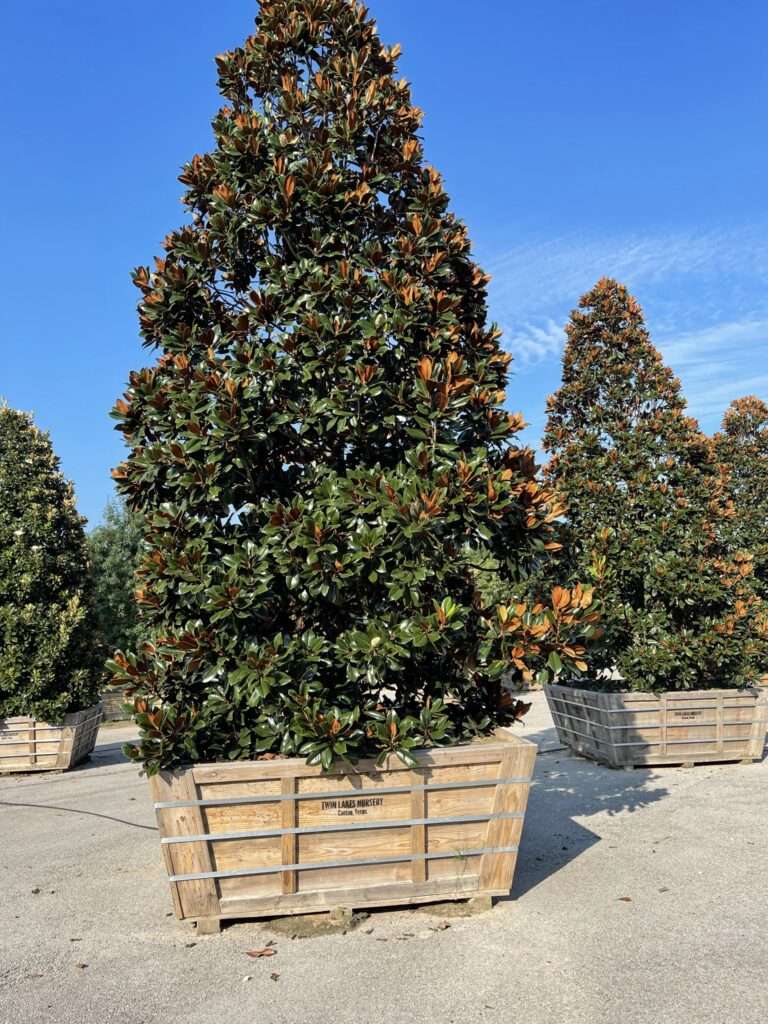
5. Soil? They Don’t Care
Clay-heavy soil? Rocky patches? Sandy spots? Native Texas trees have deep root systems that handle it all.
- Bald Cypress: loves heavy clay and flood-prone areas.
- Mexican Plum: small, adaptable, perfect for urban yards.
6. Storm-Resistant
Fort Worth storms are no joke. Hail, wind, and downpours can wreck a tree. But native trees are storm-resistant Texas trees with flexible limbs and deep roots.
- Texas Red Oak: stands strong in high winds.
7. Wildlife Magnet
If you love birds, butterflies, and pollinators, native trees deliver.
- Eastern Redbud: attracts pollinators.
- Texas Red Oak: provides acorns for squirrels and birds.
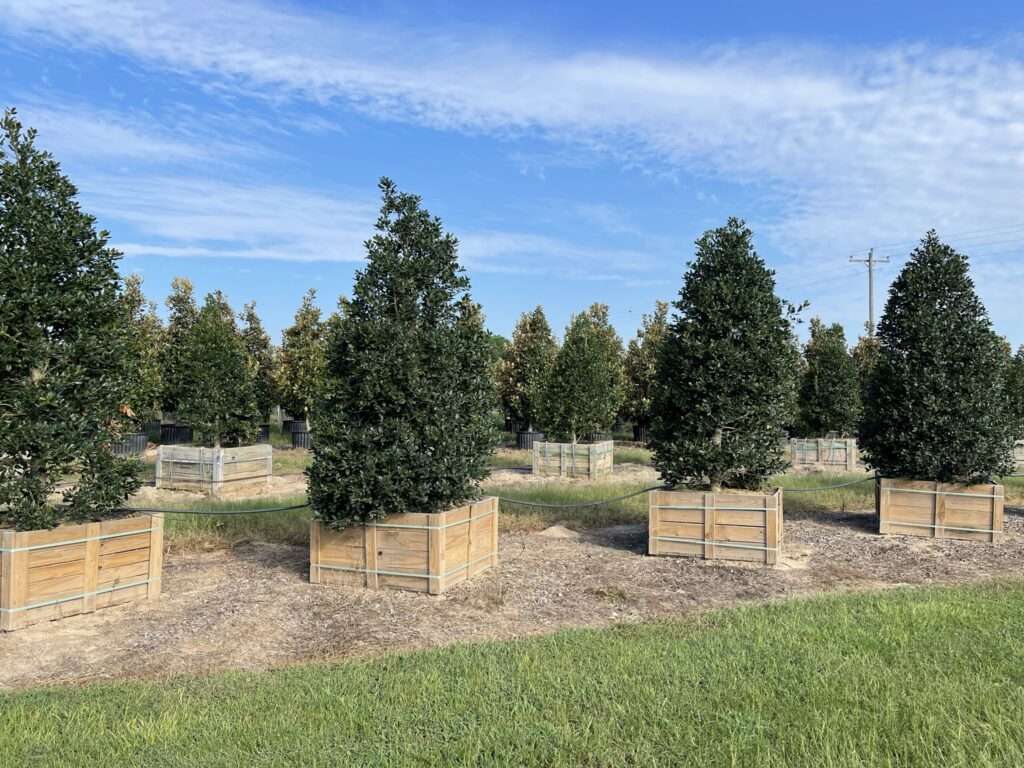
8. Eco-Friendly Tree Planting
When you plant native trees, you’re going green without trying.
- No pesticides leaching into rivers.
- Less fertiliser runoff.
- Water conservation.
9. Boost Property Value
Healthy, mature native trees make your yard look sharp. They also boost property value without racking up maintenance costs.
- Well-maintained Cedar Elm or Red Oak can add serious curb appeal.
10. Long-Term Investment
Planting native trees is a smart landscaping choice. They live longer, resist disease, and grow with minimal fuss.
Best Native Trees for Fort Worth:
- Cedar Elm
- Texas Red Oak
- Chinquapin Oak
- Mexican Plum
- Eastern Redbud
- Bald Cypress
- Desert Willow
👉 Need help planting? Check out our tree planting services in Fort Worth.
Mistakes to Avoid
- Planting non-native trees that need babysitting.
- Overwatering (they’re drought-tolerant for a reason).
- Planting too close to foundations.
- Ignoring local pests and diseases.
How to Choose the Right Native Tree for Your Yard
- Size matters: Big trees for big yards, small trees for tight spaces.
- Sun exposure: Full sun? Go for Desert Willow. Partial shade? Eastern Redbud.
- Soil type: Heavy clay? Bald Cypress all day.
- Water conditions: Low-lying flood-prone areas? You guessed it — Bald Cypress.
5. Signs Your Tree Might Be Dangerous and Needs Removal
Intro:
Not all damaged trees are obvious hazards — some can seem fine until disaster strikes. Here are signs you shouldn’t ignore.
Key Warning Signs:
-
Cracks or splits in the trunk
-
Leaning suddenly
-
Hollow spots or cavities
-
Dead branches high in the canopy
-
Mushrooms or fungi at the base
Safety First:
If you notice any of these, call a professional ASAP. Trophy Tree Co. offers quick, safe tree removal services.
6. How Often Should You Prune Your Trees?
Intro:
Pruning keeps trees healthy and your property safe — but over-pruning can do more harm than good.
General Guidelines:
-
Young trees: Every 1–2 years to establish structure
-
Mature trees: Every 3–5 years to remove dead or weak branches
-
Storm damage: Prune immediately after severe weather
Why Hire a Pro?
Proper pruning requires skill and safety measures. Our team has the expertise to care for your trees the right way.
7. Best Shade Trees for Fort Worth Backyards
Intro:
Looking for fast-growing, low-maintenance shade trees for your yard? We’ve got the best picks for Texas heat.
Top Recommendations:
-
Bur Oak: Large, tough, and long-living
-
Chinquapin Oak: Great for big yards
-
Bald Cypress: Beautiful and tolerant of wet or dry conditions
-
Chinese Pistache: Colorful fall foliage with great shade coverage
Plant Now, Enjoy for Years!
Trophy Tree Co. can help plant and maintain your shade trees for lasting beauty.

8. How Storm Damage Affects Your Trees — And What to Do About It
Intro:
Texas storms are unpredictable — but they can leave trees vulnerable long after the skies clear.
Post-Storm Tree Check:
-
Check for broken limbs
-
Look for leaning or uprooted trees
-
Watch for bark damage or cracks
-
Check for soil heaving around roots
What Next?
Call a certified arborist to assess damage. Trophy Tree Co. provides emergency storm damage tree services throughout Fort Worth.
9. Why Tree Root Care is Just as Important as the Canopy
Intro:
Healthy roots = a healthy tree. Ignore root care, and you risk disease, instability, and slow growth.
Root Care Tips:
-
Avoid compacted soil
-
Mulch around, but never cover the trunk
-
Water deeply, especially in drought
-
Don’t plant too close to driveways or foundations
Need Help?
Our arborists can assess root health and help keep your trees strong from the ground up.
10. How Tree Health Inspections Save You Money
Intro:
Regular tree checkups can prevent costly removals and storm damage repairs.
What We Look For in an Inspection:
-
Insect infestations
-
Fungal diseases
-
Structural integrity
-
Soil condition
-
Signs of stress or nutrient deficiencies
Affordable Care, Long-Term Benefits:
Schedule a tree health inspection with Trophy Tree Co. — a small investment that protects your property.
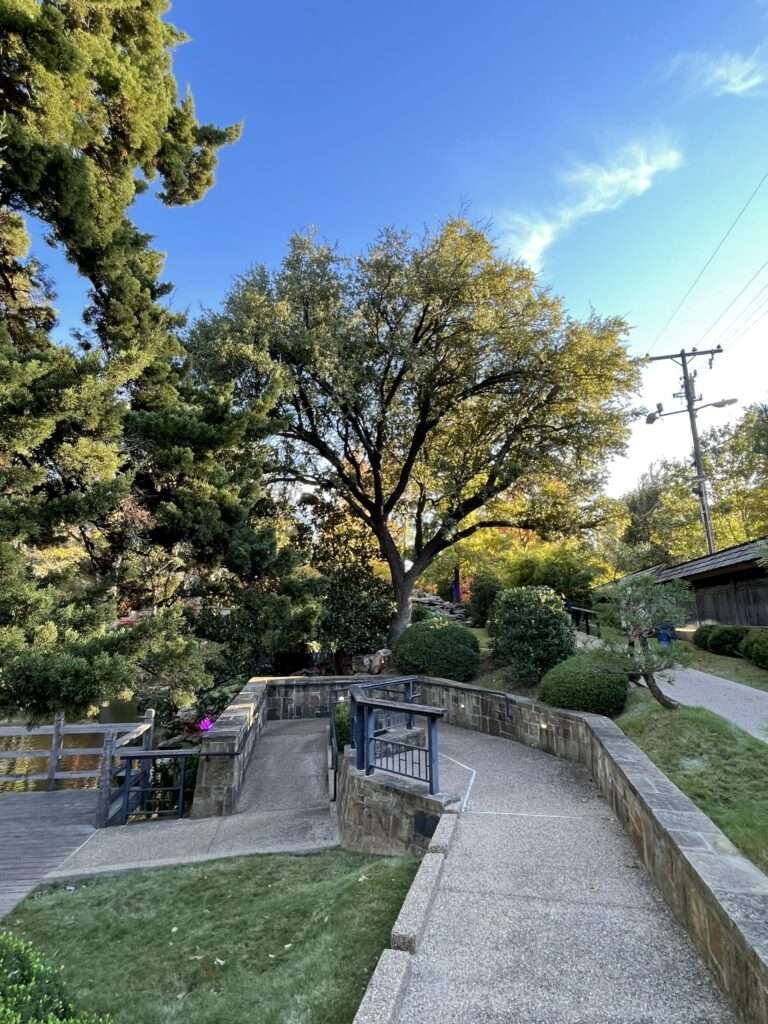
11. 4 Common Tree Pests in Texas and How to Protect Your Trees
Intro:
Insects can quietly destroy your trees from the inside out. Early detection and prevention are key!
Top Tree Pests in Fort Worth:
-
Emerald Ash Borer: Tiny, metallic-green beetle that kills ash trees quickly.
-
Bagworms: Look like small pinecones; they strip foliage fast.
-
Aphids: Small, but large numbers can weaken trees.
-
Spider Mites: Almost invisible but leave trees looking dull and stressed.
Protect Your Trees:
Trophy Tree Co. offers pest treatments and preventative care to keep your trees healthy year-round.
12. How Trees Add Value to Your Property
Intro:
Trees do more than provide beauty and shade — they boost property value and curb appeal.
The Benefits:
-
Mature trees can increase home value by up to 15%
-
Trees lower energy bills by shading homes
-
Beautiful landscaping attracts buyers and tenants
-
Healthy trees signal well-maintained property
Maximize Your Investment:
Keep your trees healthy with routine care from Trophy Tree Co.
13. The Hidden Dangers of DIY Tree Removal
Intro:
Thinking about removing a tree yourself? It might cost you more than hiring a pro — in damage or injury.
What Can Go Wrong:
-
Falling branches can injure people or damage property
-
Incorrect cuts can make the tree fall unpredictably
-
Underground utilities could be damaged by roots
-
Heavy equipment mishandling can destroy lawns or structures
Leave It to the Experts:
Trophy Tree Co. is insured, experienced, and equipped to handle removals safely and efficiently.
14. How to Help Your Trees Survive Drought Conditions
Intro:
Texas summers can be brutal. Your trees feel it too! Here’s how to help them through dry spells.
Drought Tips:
-
Water deeply once or twice a week (not daily sprinkles)
-
Mulch to retain moisture
-
Avoid fertilizing during droughts — it stresses the tree
-
Prune only lightly to reduce stress
Let Us Help:
Trophy Tree Co. offers deep root watering services to keep your trees strong and resilient.
15. Why Tree Cabling and Bracing Can Save Your Favorite Tree
Intro:
If you have a beloved tree showing signs of structural weakness, cabling and bracing can prevent loss.
How It Works:
-
Cables reduce strain on weak branches
-
Braces support split trunks
-
Prevents storm damage and sudden branch drops
Prolong Tree Life:
Our certified arborists can assess and reinforce your trees so they thrive for decades.
16. How to Prepare Your Trees for Spring Growth
Intro:
Spring is the season for new life — but your trees need a little help to wake up healthy.
Spring Prep Tips:
-
Inspect for winter damage
-
Prune dead branches
-
Fertilize with slow-release nutrients
-
Refresh mulch around the base
Get Ready for Growth:
Schedule your spring tree care with Trophy Tree Co. and start the season right!
17. Tree Removal vs. Tree Saving — How to Decide
Intro:
Not sure whether to remove a tree or try to save it? Here’s how to make the right call.
Consider Removal If:
-
It’s more than 50% dead or damaged
-
It poses a safety risk
-
The tree is causing structural damage to your home or driveway
Consider Saving If:
-
Damage is minor and treatable
-
Weak limbs can be braced or cabled
-
Disease or pests can be managed
We Can Help You Decide:
Trophy Tree Co. will inspect and advise on the safest, smartest solution for your property.
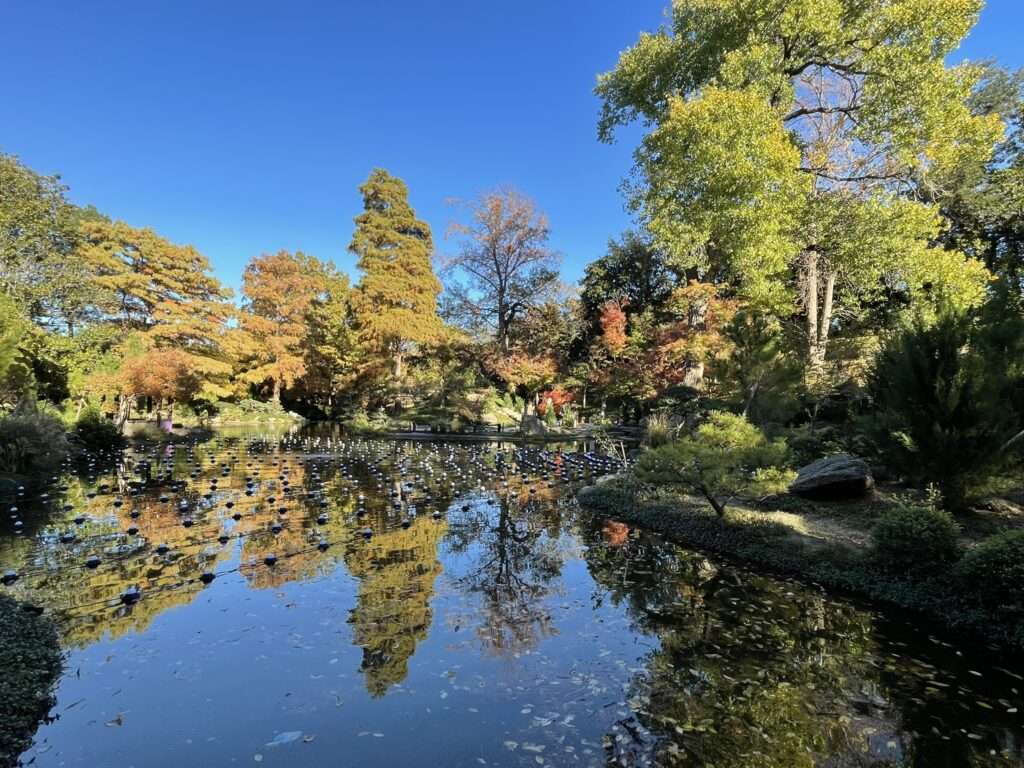
Quick Planting & Care Tips
- Dig wide, not deep.
- Mulch around the base, not against the trunk.
- Water deeply once a week for the first year.
- Prune in winter.
- Call a pro for big removals or trimming.
👉 Learn more about tree trimming and pruning here.
How Native Trees Help the Environment
- Less pesticide use.
- Support for wildlife.
- Cleaner air.
- Reduced water waste.
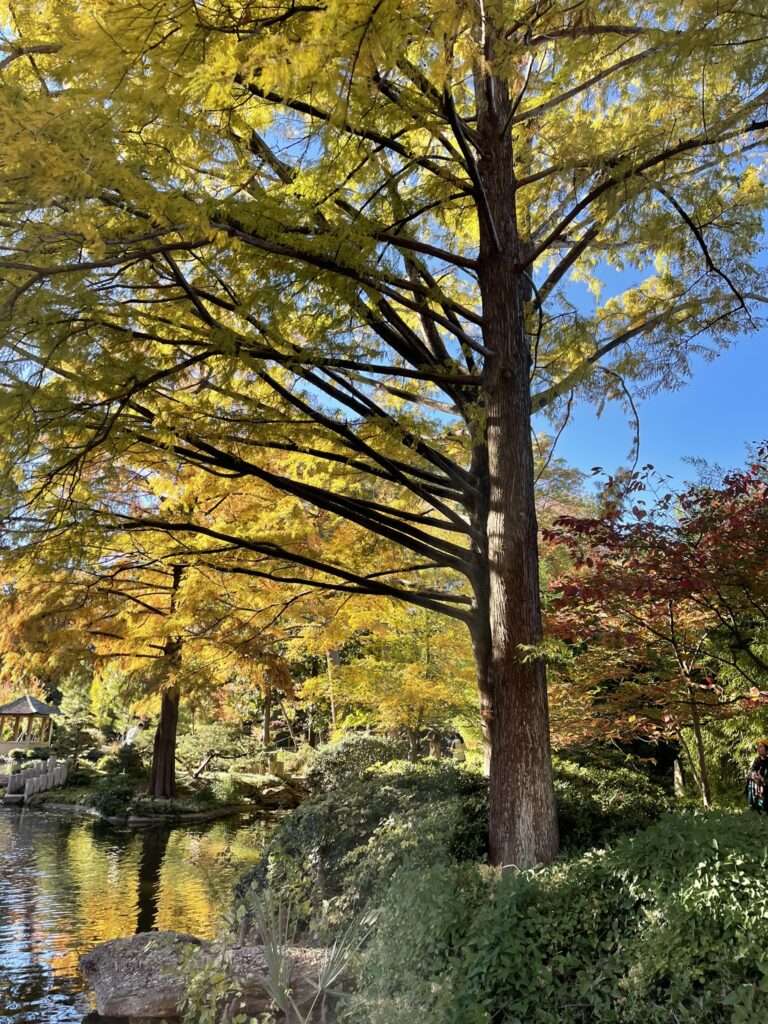
External Resources:
Internal Links:
- Tree removal services in Fort Worth
- Tree removal services in Arlington
- Tree removal services in Dallas
- Tree removal services in Keller
- Emergency tree services
- Lot clearing
- Stump grinding
- Contact us for expert help
FAQs
Q: Why should I plant native trees in Fort Worth?
A: They save you water, resist pests, and handle Texas weather like pros.
Q: Which native trees grow best in Fort Worth?
A: Cedar Elm, Texas Red Oak, Bald Cypress, Chinquapin Oak, Mexican Plum.
Q: How do native trees help the environment?
A: They reduce chemical use, conserve water, and support wildlife.
Q: Do native trees resist pests naturally?
A: Yep. Most are resistant to oak wilt, root rot, and local pests.
Q: Are native trees messy?
A: Some drop leaves or acorns, but nothing you can’t handle.
Final Thoughts
Why is it important to choose native trees for Fort Worth landscapes?
Because they save you time, money, water — and they make your yard look sharp while helping the planet.
👉 Ready to plant smarter? Call Trophy Tree Co. at (817) 733-6804 and let’s get those native trees working for you.

